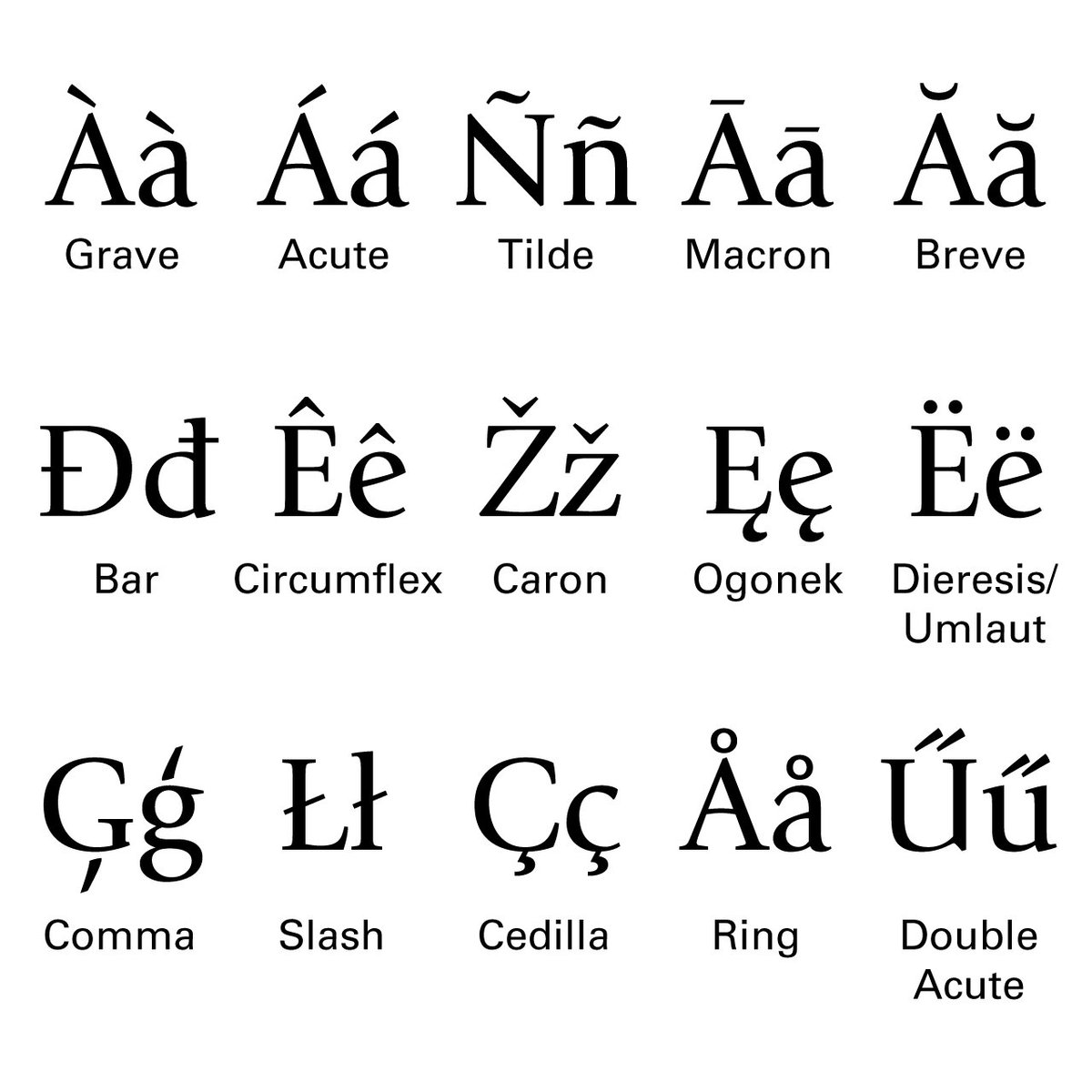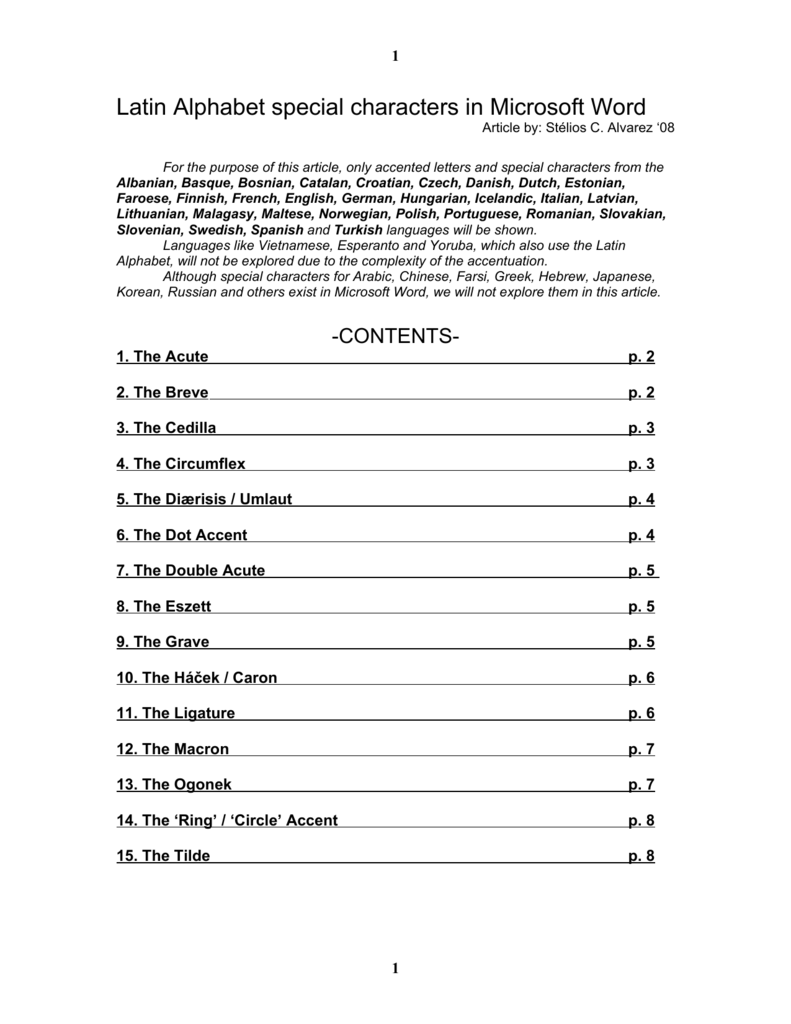

Although the English borrowings enter the language with their markings, they are often dropped from many spellings through Anglicization. However, lexicographers have adopted diacritics to indicate English pronunciation and, of course, to show word etymologies. In English, words having diacritics are borrowings from other languages, and the marks are not a natural part of the English language itself. For example, pâte refers to clay whereas pate refers to the head, and résumé or resumé is used for a work history versus resume, which means "to begin again."ĭiacritical marks take such forms as a straight or curvy line or a dot or a pair of dots, and they are an integral part of spelling in many foreign languages. For example, "rand(2, 5)" will add at least 2 marks and at most 5.Diacritics are marks placed above or below (or sometimes next to) a letter in a word to indicate a particular pronunciation-in regard to accent, tone, or stress-as well as meaning, especially when a homograph exists without the marked letter or letters. This format will randomly choose from m to n combining marks for each character. Finally, to create more advanced combinations, you can fill the counter field with the format "rand(m, n)". You can also choose whether to add combining characters to spaces, tabs, and newlines with a simple checkbox option. These randomization options let you easily create the chaotic Zalgo text. The second one randomly selects a new mark with each repetition. The first one randomly selects one mark for each input letter and repeats the mark as many times as necessary. We have also added two randomization options – partial randomization and total randomization.

You can select which combining symbols to use and specify the number of repetitions for each of them. In this tool, we have categorized all combining symbols into three categories – those that get added on top, in the middle, and at the bottom.

In this case, they will be stacked one above the other vertically or appended horizontally to the right side. In addition, combining characters can be added to the same primary letter several times. They can also be slightly shifted to the left or right, and appear between two letters. Combining characters can appear above the primary symbol, in the middle of the symbol, or below the symbol. A slightly less often used characters range in the supplement blocks from U+1DC0 to U+1DCF and from U+20D0 to U+20F0.
E with tilde and breve code#
The main block of combining characters is located in the Unicode range of code points from U+0300 to U+036F. To add marks to the input data, it's first split into individual graphemes, then the marks are added to each grapheme, and then the new graphemes are combined back into a Unicode string. For example, the word "naïve" uses the "◌̈" diaeresis mark, the word "saké" uses the "◌́" acute accent mark, and the word "breathèd" use the "◌̀" grave accent mark. Diacritical marks change the sound meaning of the letters to which they are added. These marks can't be used as independent characters and they are intended only for modifying the main (base) character. Combining characters are small glyphs and marks that are added above, below, or on the main symbol. This utility adds combining characters to your Unicode data.


 0 kommentar(er)
0 kommentar(er)
